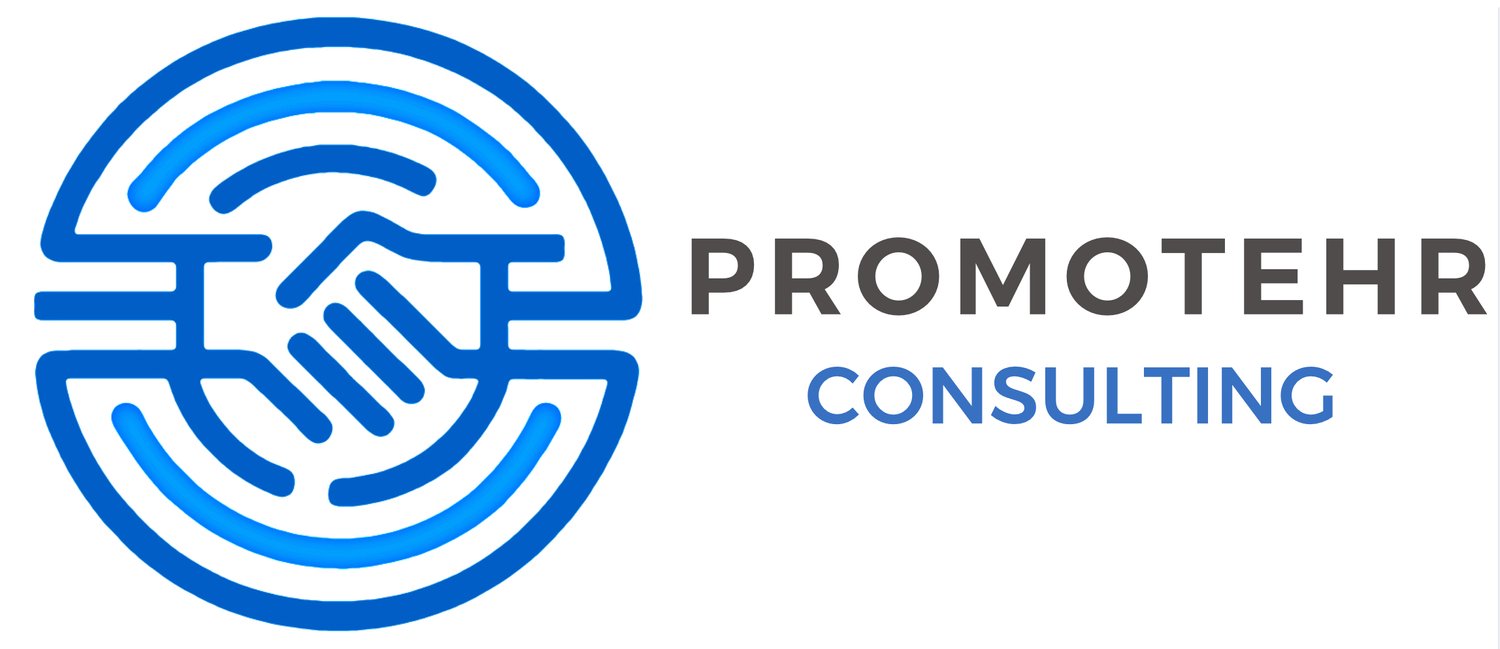California’s New AI Employment Law: What You Need to Know
California has passed new rules that directly regulate how companies use Artificial Intelligence (AI) in hiring, promotions, training, and other workplace decisions. These rules go into effect on October 1, 2025, and they apply to every employer in the state.
At the center of the law is a concern about fairness. The rules say that companies cannot use Automated Decision Systems (ADS)—a broad term that covers algorithms, computer programs, or machine-learning tools—in ways that discriminate. Under California’s Fair Employment and Housing Act (FEHA), discrimination includes treating people unfairly because of race, gender, age, disability, religion, or any other protected category.
The law makes a few points clear:
AI counts as part of hiring and employment decisions. If a company uses AI to screen resumes, run video interviews, or score job applicants, it is responsible for the results.
Unintentional bias still matters. Even if the company doesn’t mean to discriminate, it can still be held accountable if the system creates an unfair outcome for a protected group. This is called “disparate impact.”
Testing is required. Employers should regularly test their AI systems to see if they create biased results. They also need to be able to explain why they are using the system, and how it relates to the job in question.
Recordkeeping is required. Companies must keep records of how these tools are used and what outcomes they produce for at least four years.
Defenses are limited. If a system shows bias, the only acceptable defense is that it is clearly “job-related and consistent with business necessity.”
For companies, this means auditing their tools, documenting their decisions, and being ready to make adjustments if the technology isn’t working fairly. For workers, it means stronger protections from hidden or automated bias.
This law is the first of its kind at the state level in the U.S. It signals that employers cannot treat AI as a black box—they need to know how it works and ensure it follows the same anti-discrimination rules that have always applied in the workplace.

